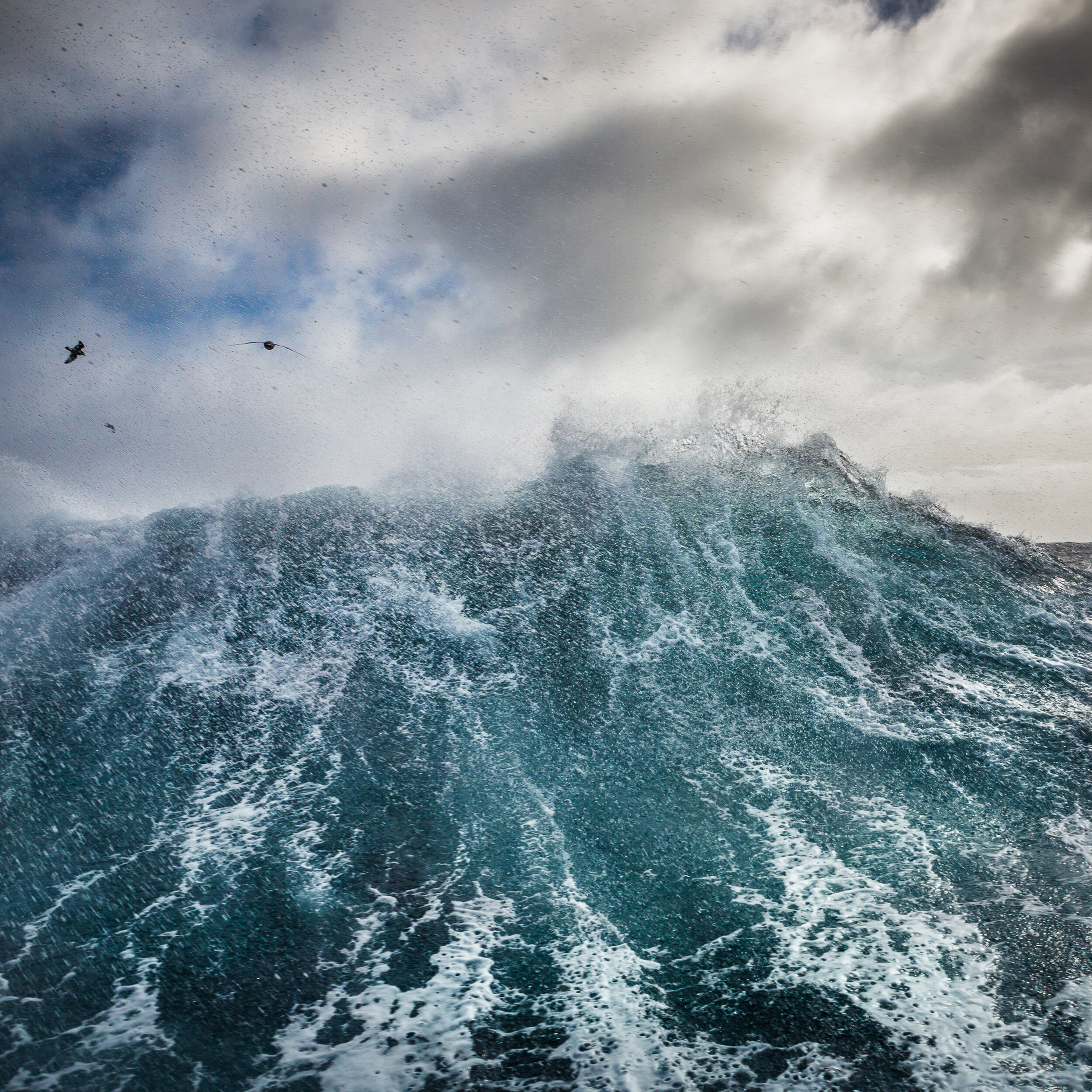Sea
Seascapes
The first successful seascape I made was of a wave at Sand Beach, Acadia National Park, Maine. It was an image of a wave caught at a unique time in its journey. A wave that danced. A wave that framed the islands behind. A wave that played with my imagination and confounded my sense of scale.
Since that moment more than ten years ago I have captured vast volcanic beaches in Iceland, rough foggy drama in Big Sur, ice-choked bays of Greenland, and the cold, unforgiving waters of Antarctica—as far away as possible from the warm, friendly clear-watered beaches of the Caribbean.
I am drawn to the power of waves and the loneliness and vastness of the horizon.
When shooting landscapes it is important to have some ideas about what I may want. That first wave drew me to search for ideal work for me to do seascapes.
A recipe for seascapes:
At least two of these elements can make a seascape. Three or more and there can be a seascape that has an emotional impact for the viewer.
A deserted beach
Black or distinctly colored sand preferable
Difficult access, few others
Winds strong enough to form good waves
Fog for mystery and clouds for mood
—Just add water
Passage
Passage began with a challenge from a potential collector: “find me some still horizons.” I don’t see “still” on my list, but I did start thinking about squares and how they might look intersected by horizons.
Halfway across the Drake Passage from Argentina to Antarctica, we had seas that were slightly rough and sunshine. Unlike the often very rough journey across the Drake, this one had been gentler until this particular afternoon.
There were a number of photographers near the stern of the ship who were taking bird photos. I decided to join them and looked out at the horizon realizing it could be a start.
I looked out at the ocean, but I didn’t look down as I started descending the steps. My wet feet went out from under me and I fell hard down the last few steps landing on my tailbone.
The other photographers were startled and worried. “Is your gear okay?” several people asked. No one asked whether I was okay. They were photographers.
I safely made it to the rail and started taking photographs as the ship moved with the swells. I concentrated on the horizon. Waves were swelling, the ship sailed through. Finally a large wave went across the railing soaking me and my equipment as I hung on worried about another fall.
Once again the other photographers asked: “Is your camera okay?”




